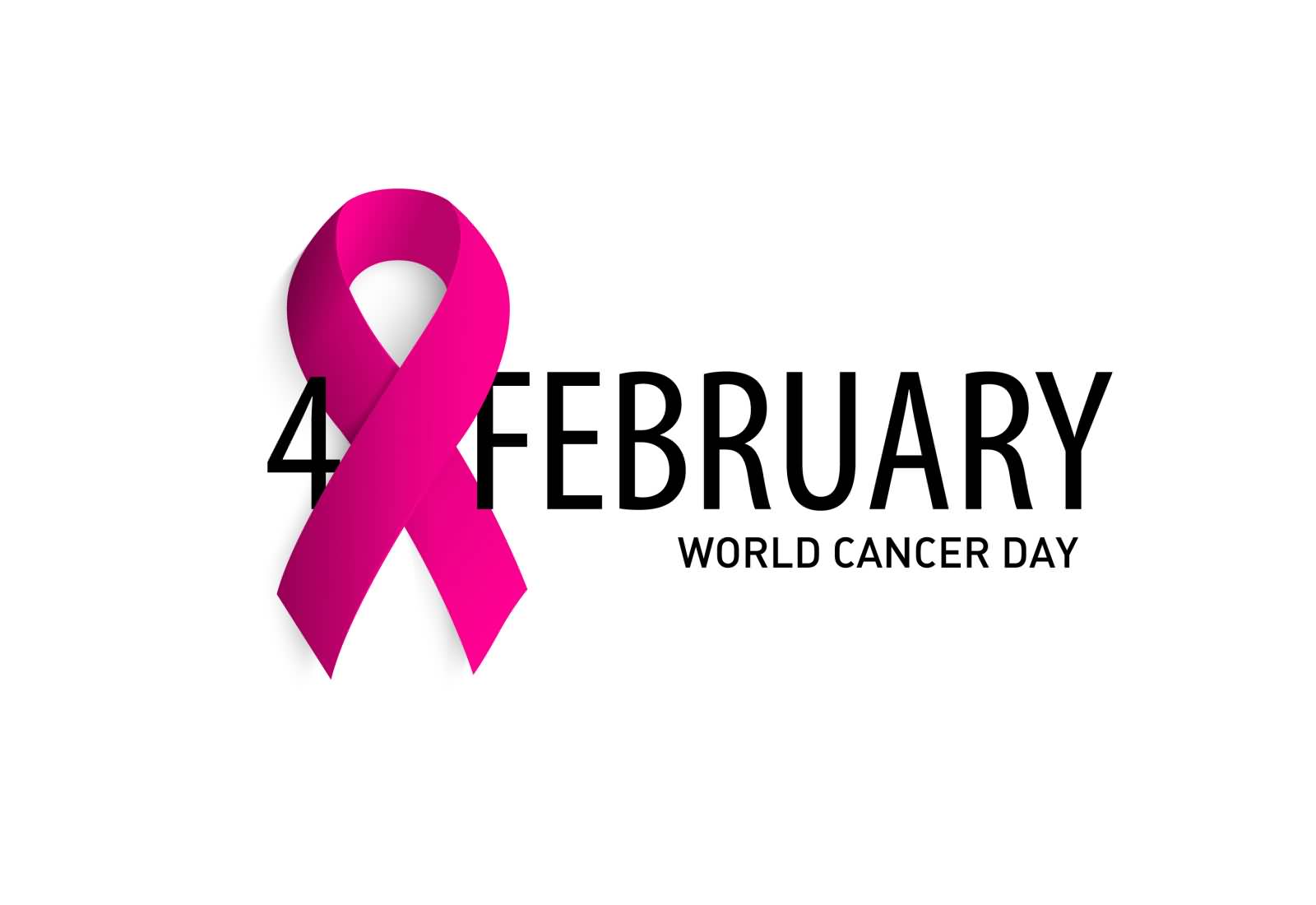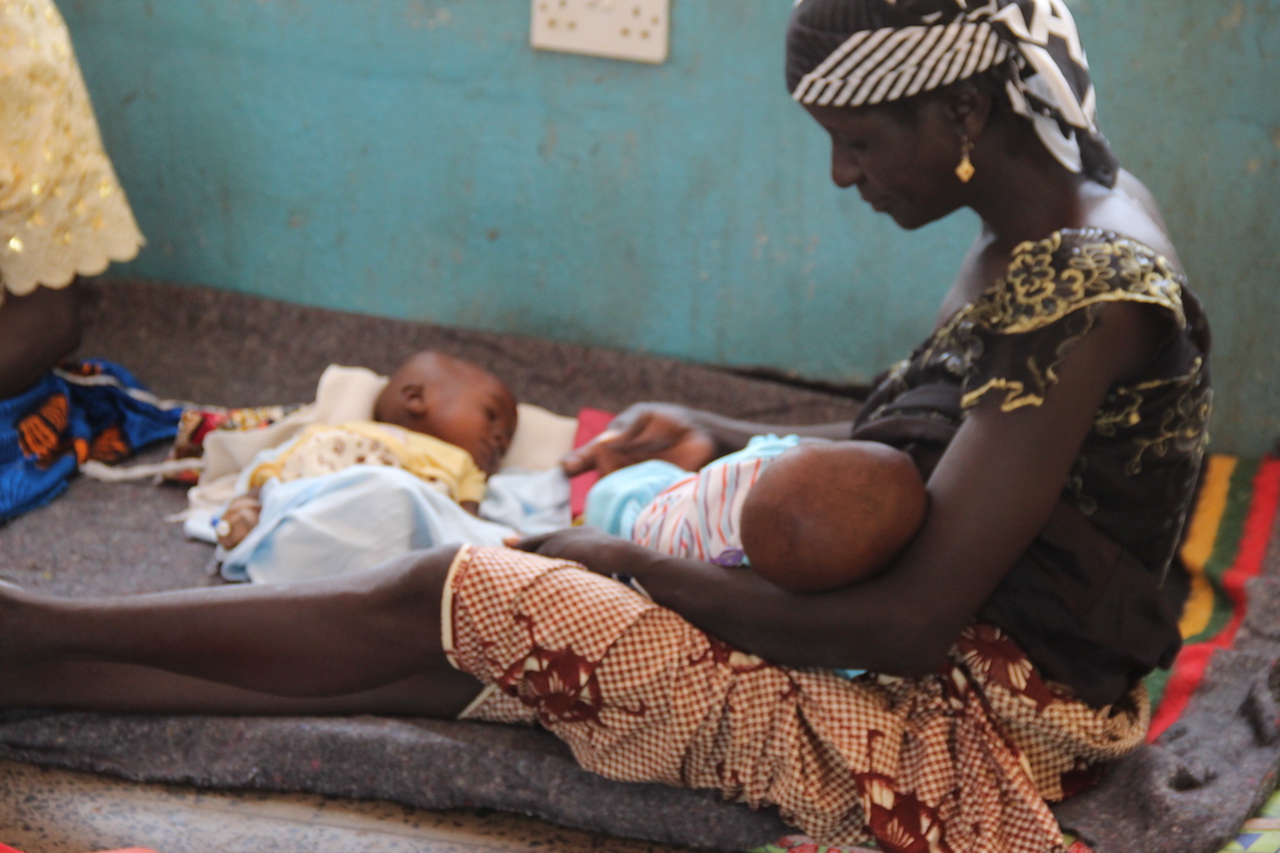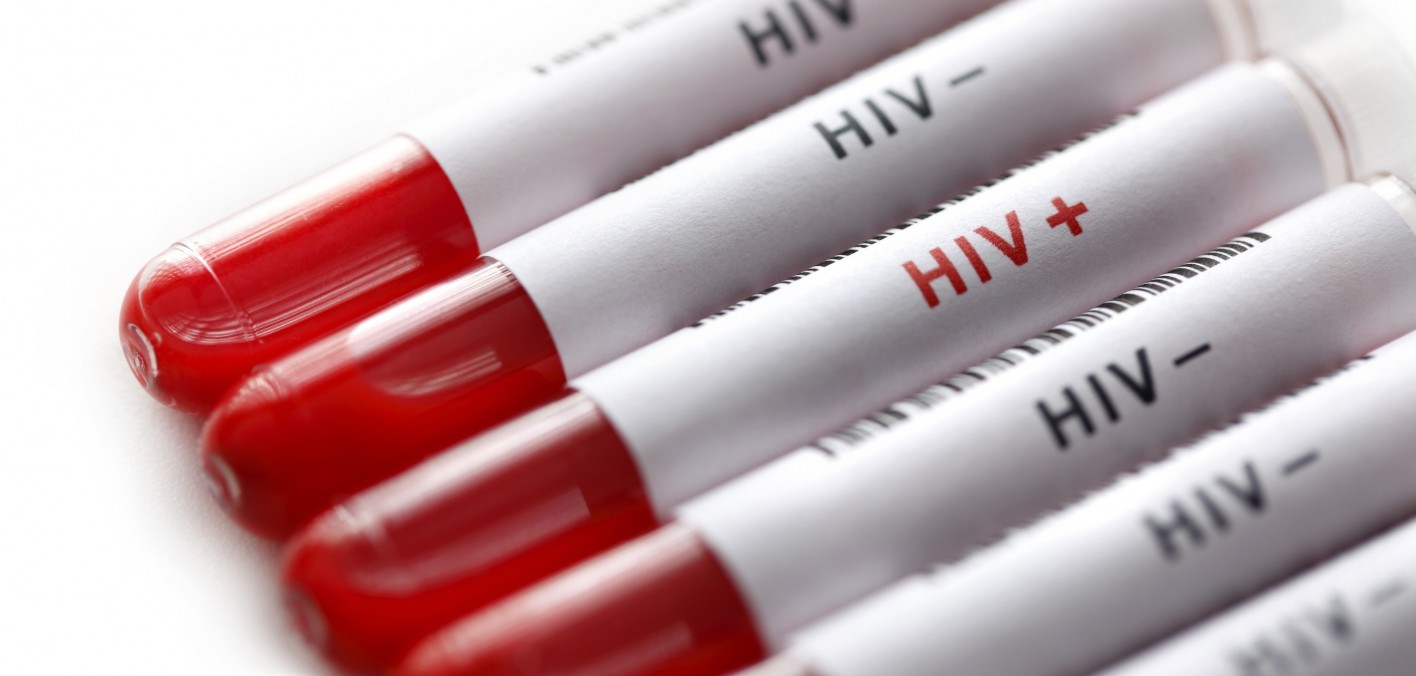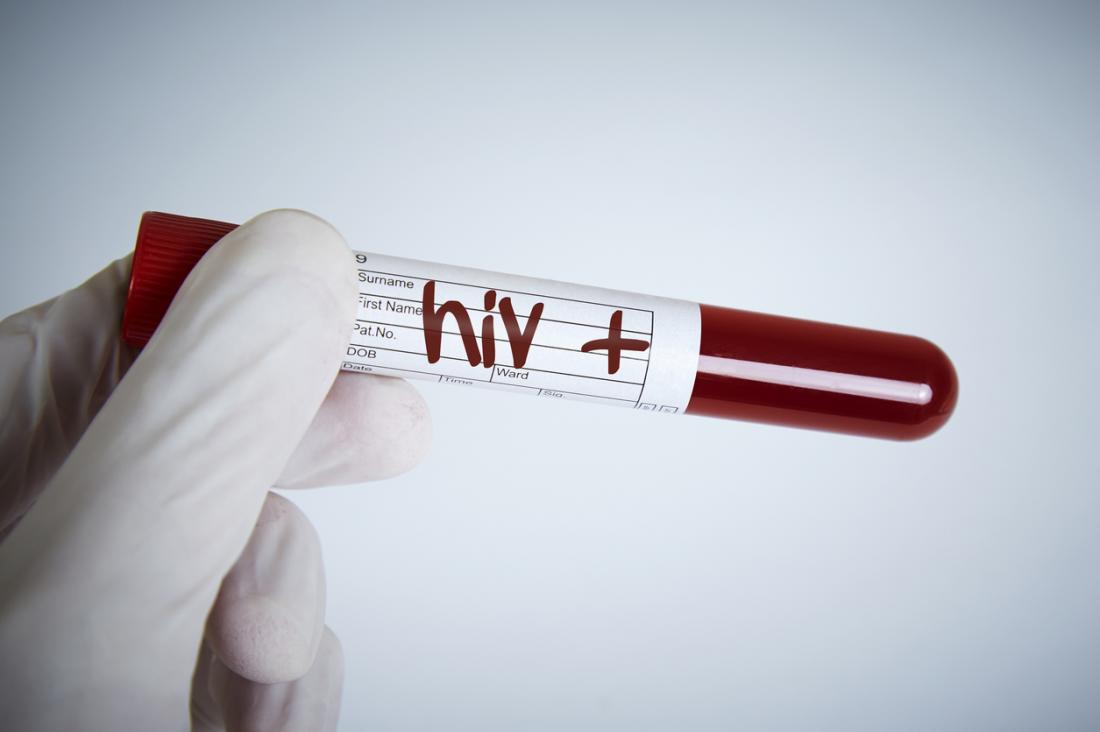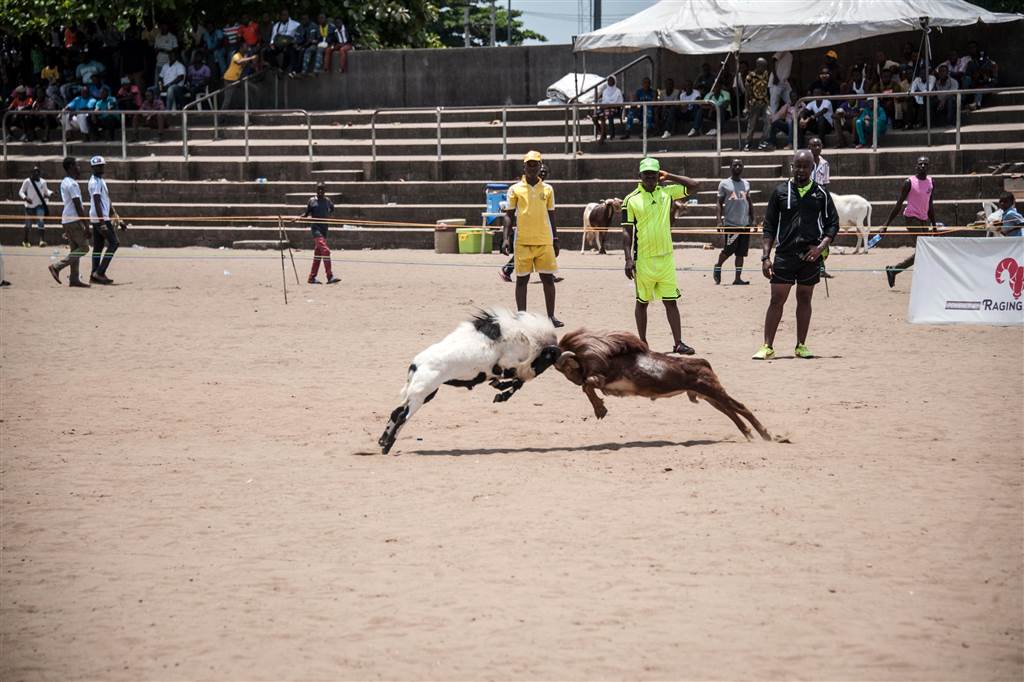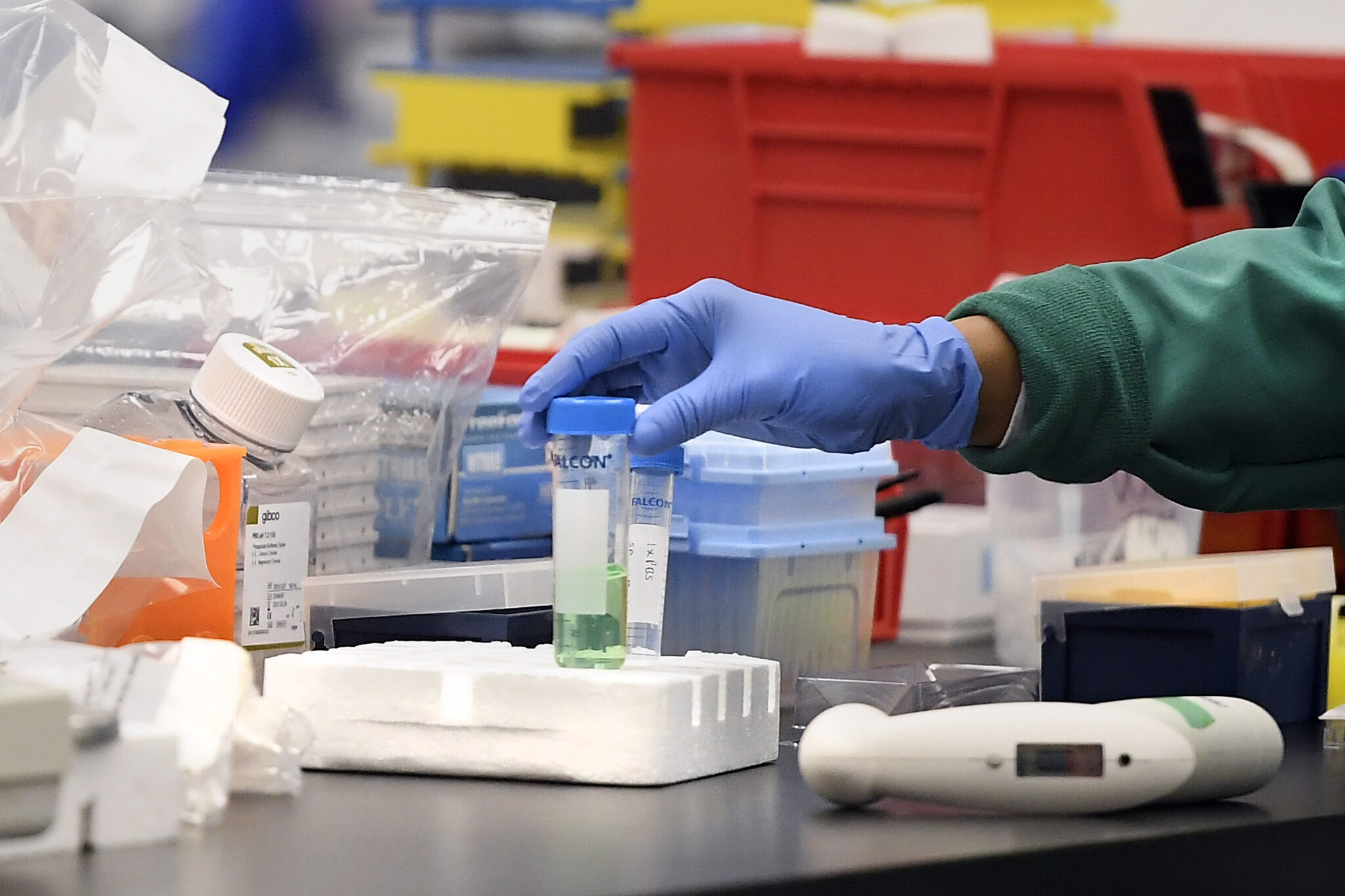The World Health Organisation (WHO) is keeping tabs on the new omicron sub-variant XBB.1.16, dubbed “Arcturus” by those tracking the virus. XBB.1.16 is currently fueling a surge of cases in India, where it is the dominant sub-variant, and has been identified in, at least, 22 countries, including the United States.
XBB.1.16 is “one to watch,” according to Maria Van Kerkhove, PhD, COVID-19 technical lead at WHO and a professor at the Georgetown University Centre for Global Health Science and Security in Washington, DC.
WHO is actively monitoring XBB.1.16, Dr. Van Kerkhove said at a press conference on March 29, “because it has potential changes that we need to keep a good eye out on.”
“It’s actually very similar in profile to XBB.1.5. It has one additional mutation in the spike protein, which in lab studies shows increased infectivity, as well as potential increased pathogenicity,” the potential ability to produce disease,” she said.
The sub-variant XBB.1.5 is currently responsible for almost 80 per cent of COVID-19 cases in the United States, according to the COVID Data Tracker from the Centres for Disease Control and Prevention (CDC).
Although XBB.1.16 is more of a global issue at this point, according to the Journal of Urgent Care Medicine, it has been reported in, at least, 18 U.S. states and case counts have nearly doubled over the last week. This accounts for an estimated 7.2 per cent of current cases — although the number could be as high as 11.3 per cent, according to the latest estimates from the CDC.
“This appears to be a highly communicable variant, based on reports from around the world,” says Paul Pottinger, MD, professor in the division of allergy and infectious diseases at UW Medicine in Seattle.
One of the big uncertainties around COVID-19 is that the virus hasn’t settled into a predictable pattern and continues to evolve, said Van Kerkhove at the press conference. “One of the things we are very concerned about is the potential for the virus to change, to become not only more transmissible but even more severe,” she said.
There will continue to be waves of COVID infection, said Van Kerkhove. “The peaks of those infections may not be as large as we saw before and likely will not be, because we have population-level immunity that has increased around the world from vaccination and also from past infection,” she said.
India reported 6,000 new COVID-19 cases on Sunday, April 9, a number that health officials attribute to XBB.1.16. The country’s health ministry is conducting a mock drills to check preparedness of hospitals to deal with rising COVID-19 numbers, according to a BBC report.
Although case counts in India are still relatively low compared to previous surges, deaths and hospitalisations due to the new sub-variant continue to climb.
People over 60 years old and those with underlying health conditions continue to be at the highest risk for severe COVID-19, said Van Kerkhove.
Healthcare systems need to “have good antivirals that are in use and given to patients who need them, when they need them, to prevent severe disease and really, critically, to focus on vaccinating those who are most at risk,” she said.
COVID-19 testing still detects this sub-variant quite well, so people who think they may have been infected should be tested, says Pottinger.
“We do not know whether this variant may be more or less virulent than other strains, meaning the severity of illness that it causes is not yet fully described, but I am hopeful it will be a mild course for most patients,” says Pottinger.
As with earlier variants, people with chronic medical issues, especially those who have lung issues or are immuno-compromised, may still be at risk of more severe illness, he says.
“So far, it appears that Paxlovid remains effective in reducing the duration of viral shedding for this variant, and thus it is likely beneficial for patients in those high-risk categories,” says Pottinger.
____
Follow us on Twitter at @thesignalng
Copyright 2023 SIGNAL. Permission to use portions of this article is granted provided appropriate credits are given to www.signalng.com and other relevant sources.




























































